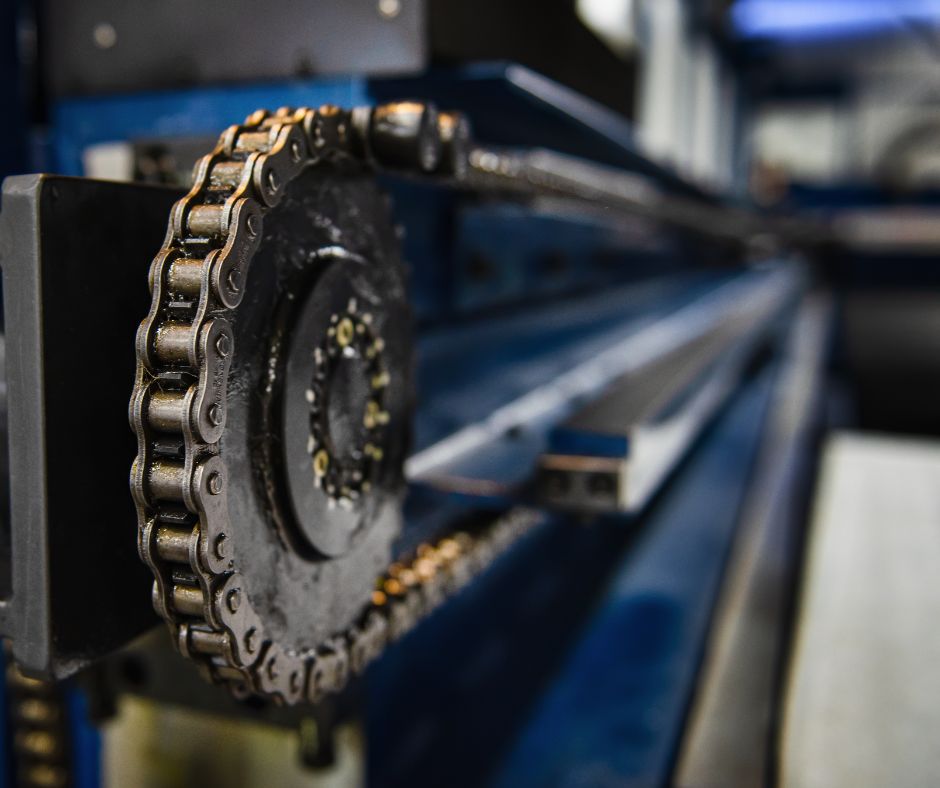The equipment in your facility will come with an Original Equipment Manufacturer’s lubricant recommendation. While common sense might tell you that following this recommendation is your best bet, in fact, that may not be the case. The pros at LH Travis are trained to help make sure your lubrication equipment is working at peak performance.
Let’s take a closer look at OEM lubricant recommendations and learn whether there are instances in which equipment might benefit from alternatives.
How OEMs Select Lubricant Recommendations
When the OEM selects lubricant recommendations for their equipment, they factor in a few different considerations:
- Machine design and operating requirements: OEMs focus on reliability and longevity by choosing a lubricant that matches a machine’s design needs and the specific conditions it is tested under.
- Industry standards and certifications: For many types of equipment, particular industry standards and certifications must be followed.
- Warranty and liability concerns: OEMs want to reduce the risk of machine failure that could open them up to liability concerns or warranty claims.
- Cost efficiency: OEMs select lubricants that provide cost-effective operation.
When OEM Lubricant Recommendations Might Not Be the Right Call
For smaller operations, using the OEM recommended lubricant is often your best choice. It’s an easy, safe choice, and lubricants are likely a minor cost for your operation overall. But for larger volume operations, the story changes. In these cases, breaking from the OEM recommendation might be a better bet for a few reasons:
- Lubricant consolidation: The more different types of machines you have, the more different OEM lubricant recommendations you’ll have to consider. This can quickly create logistical issues and increase costs. By consolidating your lubricants, you can increase efficiency and save money.
- Optimum lubricant selection: Your machines’ operating conditions can vary quite a bit from the OEM’s expectations, and even between different sections of your facilities. Because of this, carefully selecting an ideal lubricant, rather than the OEM recommendation, can improve performance and reliability.
- Upgraded lubricant selection: Another factor to consider is the evolution of lubricant technology over time. As new formulations and additives are developed and come to market, it may be the case that newer lubricant options perform better than the OEM recommendation.
Let Our Experts Help You
As you can see, there may be times when selecting the right lubricants isn’t as clear-cut as some would like.
Questions? The experts here at LH Travis can help you get the most out of your automatic lubrication system. Whether it’s training, installation, or equipment recommendations you need, the LH Travis team can help.

